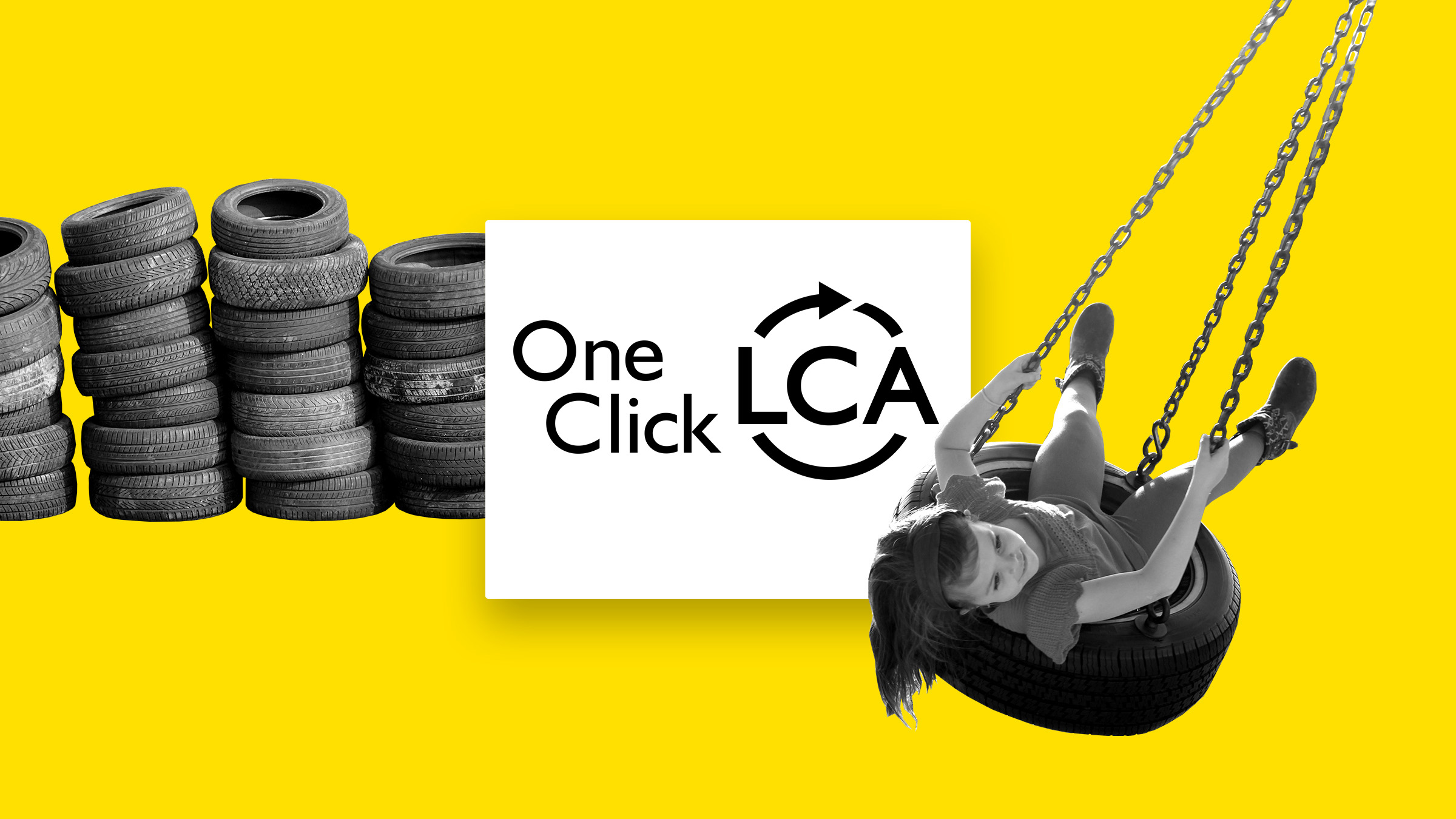Problem
The construction and use of buildings cause approximately 40 per cent of the global greenhouse gas emissions related to the use of energy and account for almost 45 per cent of the consumption of natural resources. Most of a building’s life-cycle environmental impacts can be affected in the construction phase of the building. The design work needs to be supported by easily available, reliable and real-time data on the life-cycle environmental impacts of solutions, but this data is not always readily available, or it cannot be put to efficient use.
Solution: building a life-cycle assessment tool
Bionova’s One Click LCA is an assessment tool that allows construction-sector operators to calculate the life-cycle environmental impacts of buildings and construction materials. The software integrates with design tools (e.g. BIM) and contains its own tools, for example, for calculating carbon footprints, environmental certifications (LEED, BREEAM, etc.), environmental assessment of infrastructure projects and the circular economy from the perspective of accountability of material flows.
Any user may compare its own results to comparative data and receive recommendations on better material solutions from more than 10,000 construction datasets. The tool enables cutting the life-cycle greenhouse gas emissions of new buildings to less than half.
Bionova’s revenue logic and benefits
Bionova sells the online tool against an annual licence. In addition, the company sells services, training and calculation services supporting the use of the tool. The tool is already being used in more than 55 countries and is a global market leader in building life-cycle assessment software.
Benefits to customers and end users
Using the tool, design firms and consultants can find the optimal solutions for reducing their customers’ environmental impacts and use of resources. Property owners may find ways to reduce the life-cycle impacts of their buildings and thus boost their value and attraction. Product manufacturers may prove the environmental benefits of their products and report them via the software.

















Recommended
One more?